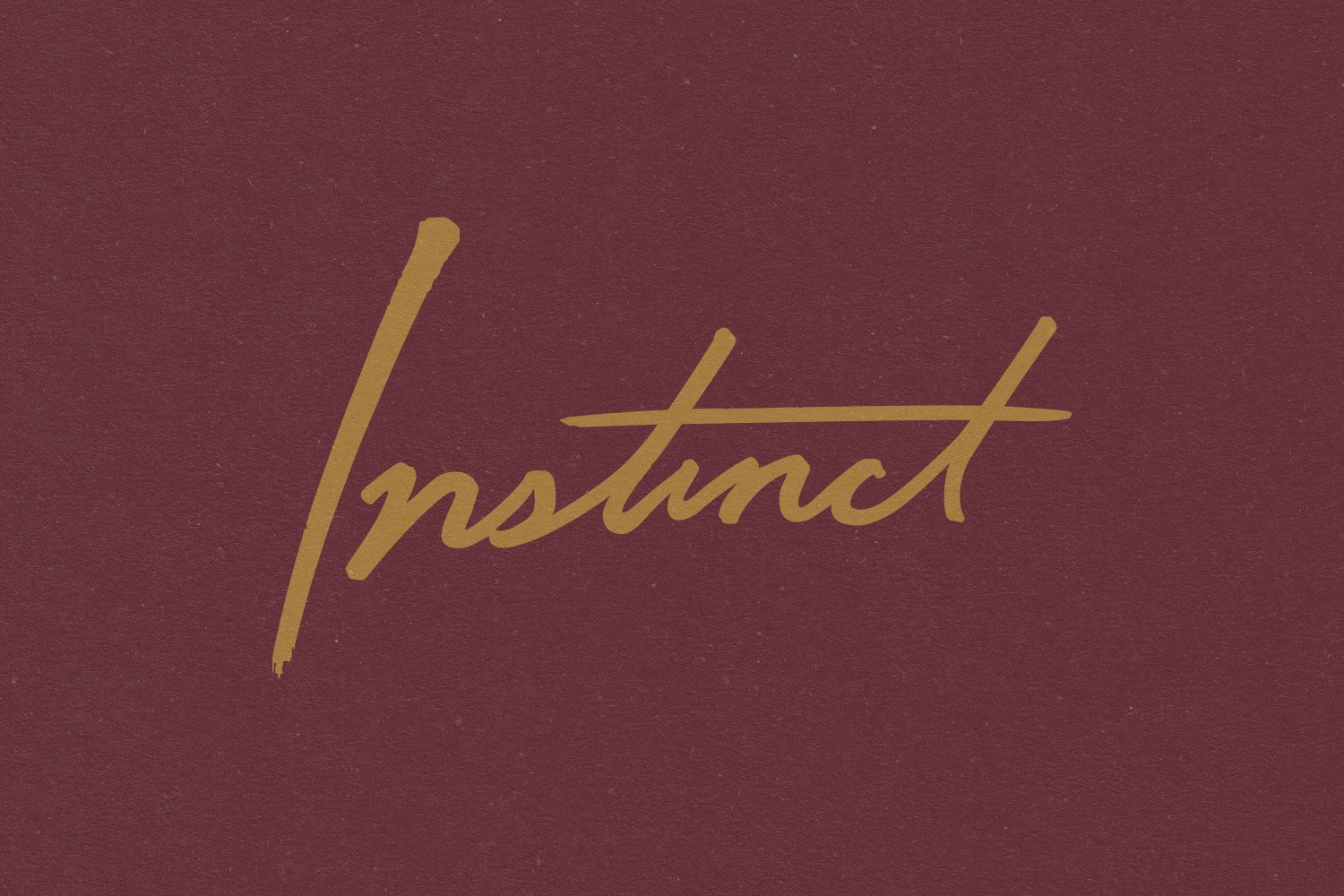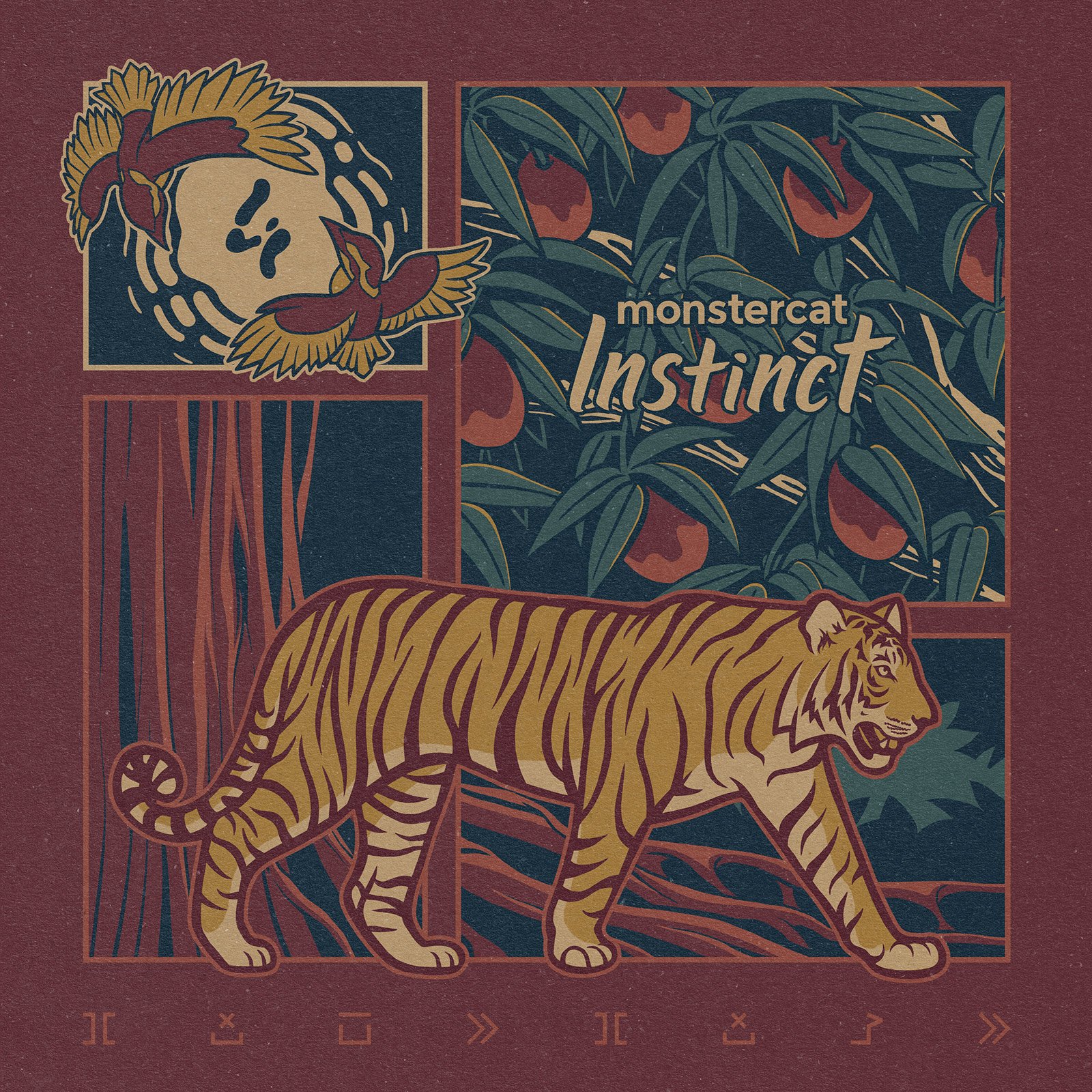Instinct Vol. 4
A lush brand activation for Monstercat Instinct
At least four times every year, Monstercat releases music compilations for its Uncaged and Instinct labels. These releases are major events within our community and require creative concepts flexible enough to span a variety of applications, including album art, animations, live events, and an entire apparel collection. To make things even more complicated, our in-house creative team was tasked with telling the origin story of our mascot, set on a mysterious island, using the album compilation events as the vehicle. I was responsible for the creative direction of the Instinct label and also for contributing to the storytelling and world building on a high level in collaboration with illustrators Amanda Cha and Kezrek Laczin.
-
Album Artwork
Apparel Collection
Youtube Animations -
Art Direction
Illustration
Apparel Design -
Additional Illustrations by Amanda Cha
Animations by Lydia Pourmand
Photography by Lindsey Blaine
The Album Artwork
The ongoing story recounts the mysterious inner workings of a lost island (and civilization). Instinct Vol. 4 focuses on exploring the island's dense rainforest: a tiger moves past the great roots of the banyan tree, tropical birds circle a pool of water, and the leaves of a mango tree rustle in the breeze. I chose a layout reminiscent of comic books in order to show different snap-shots of the environment in detail, but also to cater to our fans' interests.
The Custom Alphabet
The above glyphs are the lost civilization’s custom alphabet, which I was tasked with designing for fans to decode. Instinct 4 was among the alphabet's earliest appearances. When designing the alphabet, I wanted to balance the old with the new. On one hand, it needed to have the simplicity of something ancient and be easy enough for someone (or some creature) to have scratched into rugged surfaces. On the other hand, I wanted it to connect to Monstercat's real-world reputation as a cutting-edge, tech-focused record label, so some of the characters may remind the viewer of symbols used in user interfaces or programming languages. The above glyphs are the basic "sans-serif" version of the alphabet. It has since been used as a base to create "script" and "serif" versions too.









